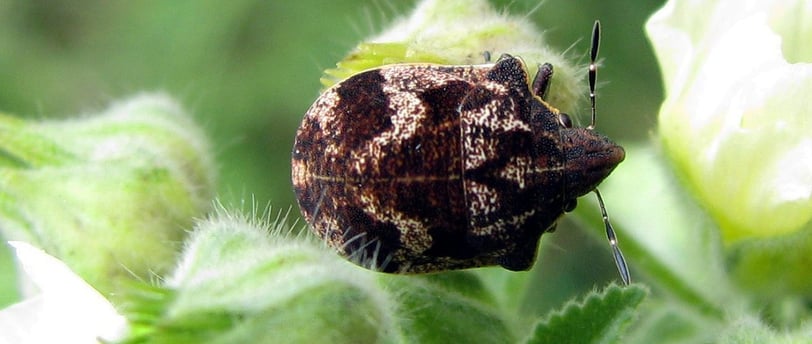Why write this book?
Blog post description.
William Bruneau
2/5/20253 min read


Why Write This Book?
Four years ago when I read Stephen Harrod Buhner’s classic, Herbal Antibiotics: Natural Alternatives for Treating Drug-Resistant Bacteria, it scared the living daylights out of me. He was pronouncing the death of all pharmaceutical antibiotics within 5-10 years (0-5 years now), and his timeline seems right in line with current events. Buhner also proposed that our salvation could come through herbal antibiotics. This was like a key fitting into a locked box that I had to open. I saw a potential cure for a serious health problem I had. I also saw a powerful traditional medicinal that shows immense medicinal promise that begs to be further explored.
It took me over a year just to obtain seed. The irony is that several Sidas are considered US natives, and they grow throughout the South. Several Sidas are even considered serious commercial weeds in the South and eradicated, yet ironically the seed is hard to find. I have been actually growing Sida acuta for over three years now and personally benefitting from it all along the way. I have no experience in growing the other Sidas yet, but have acquired some seed. While cultivation of the various Sidas is quite similar (they are all tropical weeds), the next edition of this book will clarify any discrepancies.
This book comprises everything known about the Sidas as of March of 2017, which in actuality is not that much. Consider this: if you go to our National Institute of Health’s “Pub Med” website (https://www.ncbi.nlm.nih.gov /pubmed) and look up “folic acid” you will find something like 45,299 peer-review studies. If you look up ascorbic acid, you will get something like 51,292 studies. If you look up the Sida family, most of what you will get as “sida” is the French acronym for HIV/AIDS, so any Sida research is already deeply buried and attenuated under hundreds of French reports on AIDS. Looking up specific varieties we get: Sida acuta = 32 results, Sida cordifolia = 42 results, Sida rhombifolia = 31 results. There is no way this book could have been written with such meager results. Yet I ended up with over 750 references. Everything else came through Google Scholar. I could not have written this book without Google Scholar!
Google Scholar (https://scholar.google.com/) is a freely accessible web search engine that indexes the full text or metadata of scholarly literature across an array of publishing formats and disciplines. This includes journal and conference papers, theses and dissertations, academic books, pre-prints, abstracts, technical reports and other scholarly literature from all broad areas of research. You'll find works from a wide variety of academic publishers, professional societies and university repositories, as well as scholarly articles available anywhere across the web. {bottom line, "We cover academic papers from sensible websites"}....Third-party researchers estimated it to contain roughly 160 million documents as of May 2014 and an earlier statistical estimate...approximately 80-90% coverage of all articles published in English with an estimate of 100 million. [1]
The best single country for Sida research is India. At least five members of the Sida family are primary Ayurvedic herbs, including the renowned “Bala”, and many Sidas are considered Rasayana herbs. “Second-world” peer-review research - be it from India, Nigeria, Brazil, Indonesia – was far more useful for me as an herbalist. These studies are far more practical, looking for local solutions to a global health crisis that everyone on earth is facing. India is currently the only country that is looking at rapid replication of Sida. With 1.3 billion people to keep healthy they are aware that there will be a great need for these plants that have traditionally just been harvested from the wild. Many of these “Second-world” peer-review studies also discuss the traditional uses that prompted them to study Sida; this is the basis of much of the research into this book’s traditional uses.
An entire section of the Materia Medica of Ayurveda termed Rasayanas is devoted to the enhancement of the body resistance. Interestingly, a some-what similar role is ascribed to tonics and various herbals in the Chinese and European systems of medicine. [728] Rasayana drugs are rejuvenating and age-sustaining tonics for promoting vitality and longevity. They are also used for the treatment of asthma and other chest ailments. [464]
contact us
www.bbruneau@bbruneau.com
+1 707 459 3390
© 2025. All rights reserved.
We are very serious about your privacy. Unless required by law, we will never disclose your personal information to anyone else.
